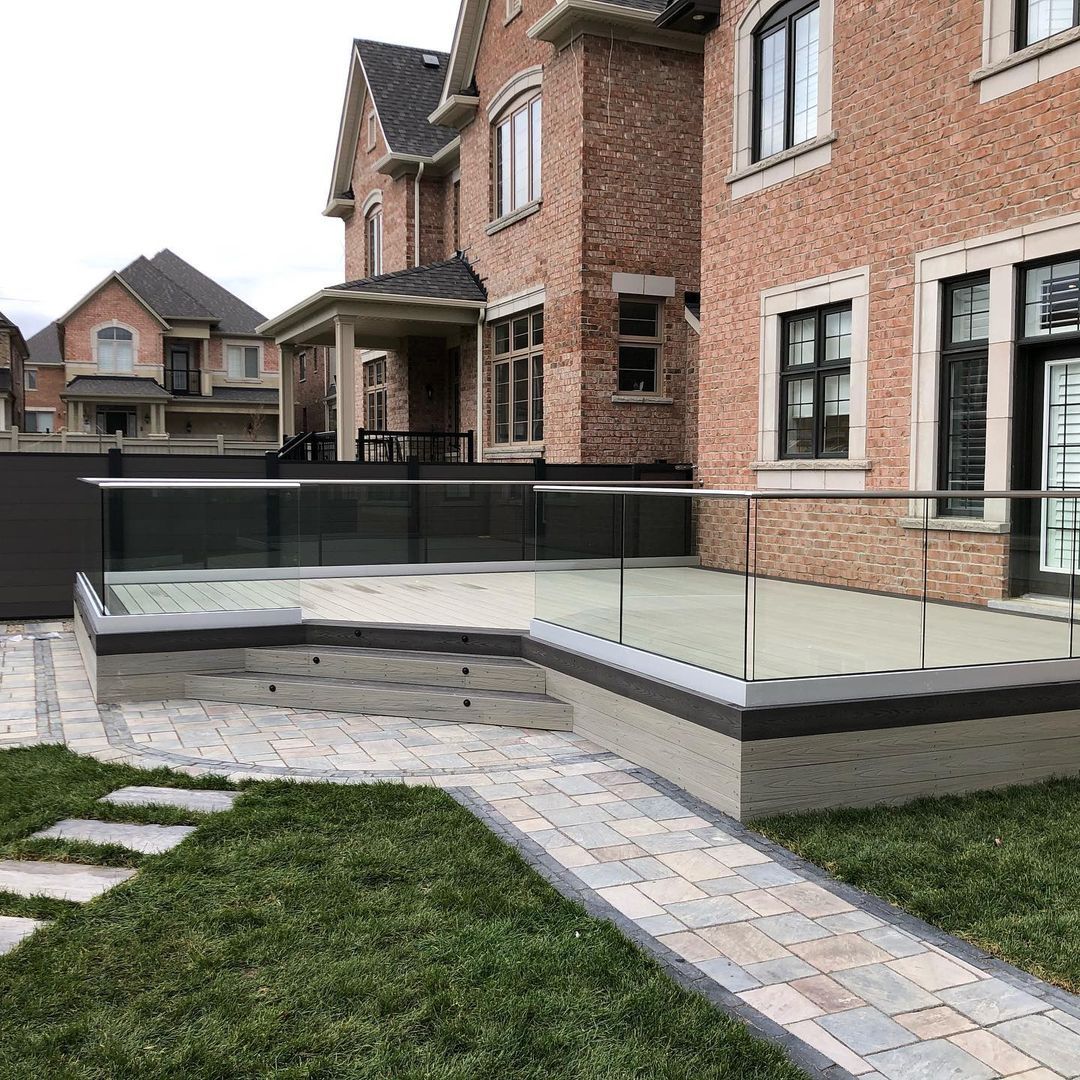Wood-Plastic Composite (WPC) decking has revolutionized outdoor flooring with its blend of natural aesthetics and advanced material science. But if you're considering WPC for your next project, there's a critical choice to make:
Should you go with first-generation WPC decking or upgrade to co-extruded WPC decking?
The answer lies in understanding their core differences. In this in-depth guide, we’ll compare these two types of WPC decking across five essential categories: production technology, materials, maintenance, costs, and service life. Whether you’re a homeowner, contractor, or landscape designer, this post will give you valuable insights and help you make a smart, future-proof investment.

First-generation WPC decking is produced through a single-extrusion method where wood fiber and plastic are blended into a uniform structure. While it offers mold resistance, insect resistance, and a wood-like appearance, its exposed surface is more vulnerable to wear and environmental factors.
Co-extruded WPC decking uses advanced extrusion molding technology that applies a tightly bonded outer layer around the core. This protective layer is where the magic happens—it boosts the basic advantages of first-gen WPC and adds:
Superior wear resistance
Scratch protection (5x more than first-gen, based on lab data)
Enhanced stain resistance
Full weather protection (UV, rain, snow, acid rain, seawater)
This innovation ensures the decking looks newer, lasts longer, and performs better—especially in high-traffic or harsh environments.
💡 Key takeaway: The co-extruded layer is not just cosmetic; it’s structural armor.
Both types share a core made of recycled wood and high-density polyethylene. However, the co-extruded version is covered on all sides by a robust polymer shell.
| Feature | First-Gen WPC | Co-Extruded WPC |
|---|---|---|
| Core Material | Wood fiber + HDPE | Same |
| Outer Surface | Exposed, uniform | Encapsulated polymer layer |
| Water Resistance | Moderate | Excellent |
| UV Protection | Low to medium | High |
| Oil/Pigment Resistance | Low | High |
| Texture & Color Variety | Basic | Rich, natural, layered |
The result? A more realistic wood grain, richer tones, and longer-lasting visual appeal with co-extrusion.
🎨 The surface looks and feels more like real wood, with deeper color variation and texture.
Requires frequent cleaning to prevent mold, mildew, and stains.
Susceptible to scratches and fading in high-traffic areas.
May need refinishing or light sanding after a few years.
Low maintenance: Just rinse with water and mild soap.
Resists grease, wine, mud, and other stains.
No need for sealing, staining, or painting—ever.
🧽 Real-world feedback shows co-extruded WPC saves an average of 20–30 hours per year on cleaning and maintenance.
First-Gen WPC: Typically 20–30% cheaper initially.
Co-Extruded WPC: Slightly more expensive due to higher-tech production and material layers.
Let’s break down a 10-year cost comparison for a 100 sqm deck:
| Type | Initial Cost | Maintenance (10 yrs) | Repairs | Total Cost |
|---|---|---|---|---|
| First-Gen WPC | $5,000 | $1,500 | $1,000 | $7,500 |
| Co-Extruded WPC | $6,500 | $300 | $0 | $6,800 |
Despite a higher initial outlay, co-extruded WPC offers lower total ownership cost due to minimal upkeep and fewer repairs.
💰 Investing in quality upfront pays off in the long run.
Lifespan: 10–15 years
Vulnerable to discoloration, swelling, and weathering over time.
Lifespan: 25–30 years, even in harsh coastal or snowy environments.
Engineered to resist UV rays, rain, sea salt, mold, and daily abrasion.
Lab tests show it retains over 90% of original color after 3 years, compared to just 60% for first-gen decking.
🏖️ Perfect for parks, resorts, boardwalks, pool decks, and high-traffic public areas.

Let’s recap:
✅ You want high durability, low maintenance, and great looks
✅ You live in a region with heavy rain, strong sun, or high humidity
✅ You want a deck that stays beautiful for decades
✅ You prefer a long-term cost-saving solution
➡️ Then yes—co-extruded WPC decking is the better choice.
On the other hand:
✅ If your budget is tight
✅ Your area has mild weather
✅ You don’t mind occasional maintenance
➡️ Then first-generation WPC decking might be suitable for you now.
🔍 But if you’re thinking long-term value, visual appeal, and performance, co-extruded WPC decking delivers maximum return on investment.
While both types of WPC decking offer eco-friendly, durable alternatives to traditional wood, co-extruded WPC decking stands out as the modern standard for premium outdoor flooring.
Its superior resistance to wear, stains, and UV damage, combined with low maintenance and stunning aesthetics, make it the clear winner for homeowners and professionals who demand more.
🎯 Your deck isn’t just flooring—it’s a long-term investment in beauty, comfort, and peace of mind.
praysunmaterials@gmail.com